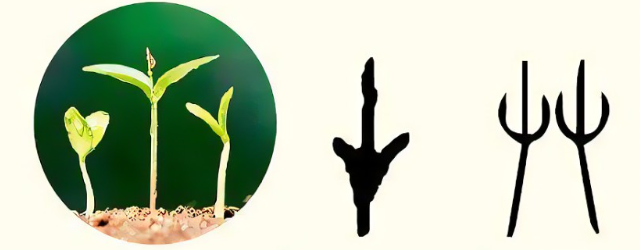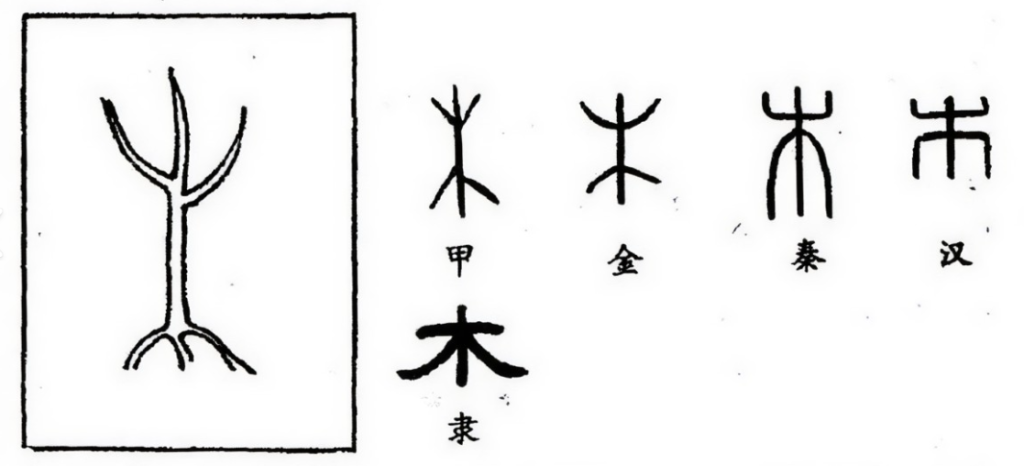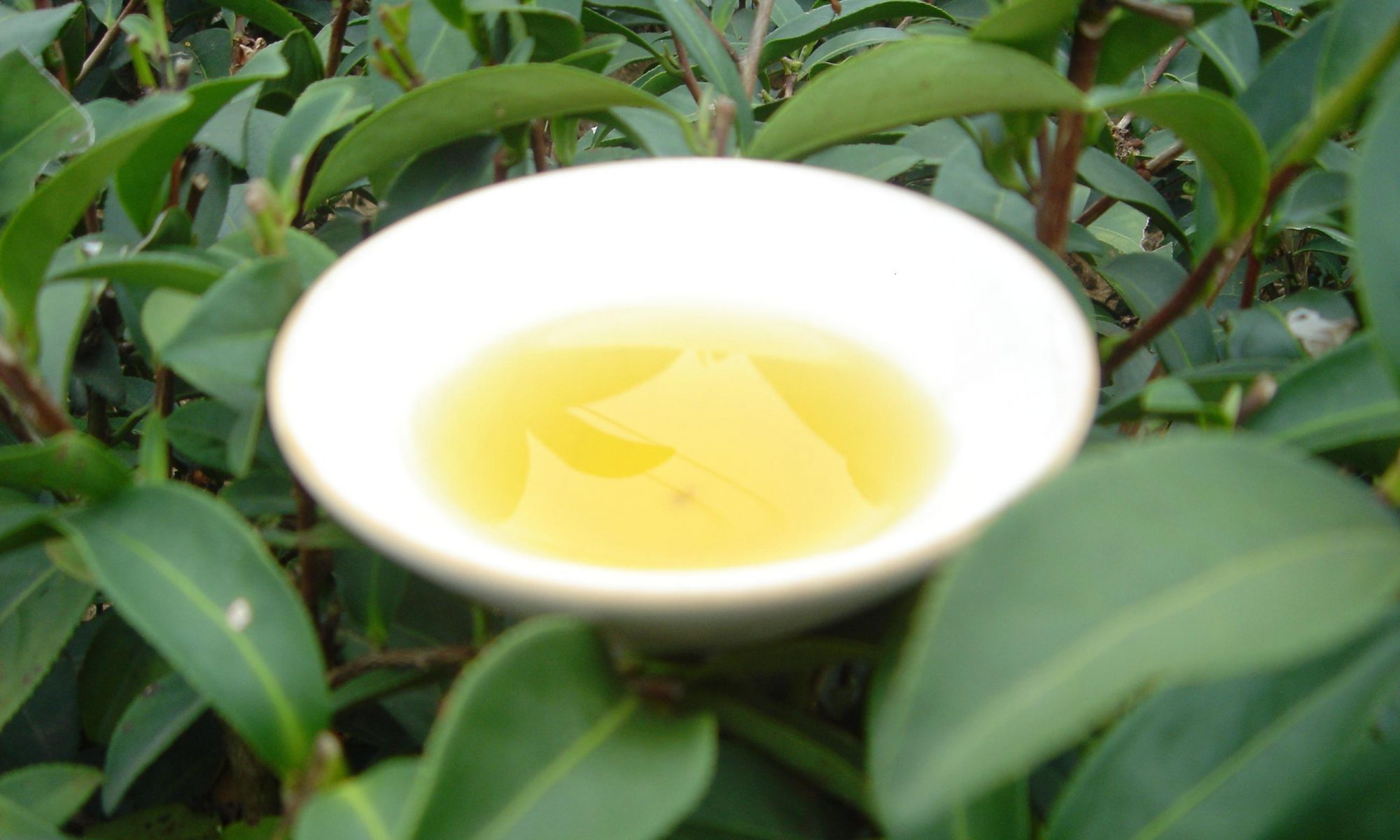Chinese is not a very difficult language because its gramma is rather less complicated comparing with many European languages, however its characters and intonations are very challenging for those who like to learn Chinese, not limited to foreigners but also for many Chinese. According to estimation it has more or less 120,000 chacracters, however the good news is 1,000 common words can cover about 92% of written information, 2,000 words can cover > 98% of communication, and 3,000 words has reached 99% in reading. Chinese is a unique language because it's not based on ABC... but started in graphical hieroglyphs, Chinese characters have undergone many changes and reforms rom the ancient hieroglyphs to today's Chinese characters. The beginning of the word has its unique graphical related meaning; among Chinese characters, the word of "Tea 茶“ probably is the most unique character, because it's a combination of 3 different beginnings of the word:
Chinese is a unique language because it's not based on ABC... but started in graphical hieroglyphs, Chinese characters have undergone many changes and reforms rom the ancient hieroglyphs to today's Chinese characters. The beginning of the word has its unique graphical related meaning; among Chinese characters, the word of "Tea 茶“ probably is the most unique character, because it's a combination of 3 different beginnings of the word:
The top is 艹 (or 屮屮): means Grass, it implies the ecological or motivated growing upwards

The middle is 人,means people. The shape is also similar as tea bush
Under people (人) is 木, it means "Wood", as you can see it includes the braches and roots from the graphic in ancient hieroglyphs

Before the first emperor, Qin ShiHuang, actually Chinese characters and writing were not unified. Thanks to LuYu (733–804AC),the most significant and important tea master and writer in Tang Dynasty who unified different names of 茶(chá)、槚( jiǎ )、蔎(shè)、茗(míng)、荈 to 茶 (chuǎn)as we know as 茶(chá)today. Based on the different spelling of tea in different foreign languages, it gives us an idea about from which trade route and roughly when those foreign nations integrated tea in their culture. For example,

those cultures name tea as caj/cai/cha are likely engaged and integrated tea in their living culture through the first Grand Silk Road when Emperor Wu in Han Dynasty sent Zhang Qian on an envoy in 139 BC to the Western regions and different routes from the first Grand Sillk Road were able to successfully connect China with South East Asia, Central Asia and Europe. The dialogue spoke by those land transporters from Shaanxi was based on 'chá'.

Actually Maritime Silk Road was developed in the Spring-Autumn, War Time period (770 - 210BC)and was further expanded in the Ming/Qing Dynasty, the dialogue spoken in QuanZhou, Fujian about tea is ‘tè'.
It does not matter whether it's named as cha or tea, it means the same thing with tolerance and willingness for cultural integration and adaptability without competitive thought in mind. We can make this world again a beautiful global village by remembering how the legend of tea route began.
©Mei Lan Hsiao l Chinese Tea Master l Belgium Chinese Tea Association l Email: info@chinesetea.be l @chineseteamaster
